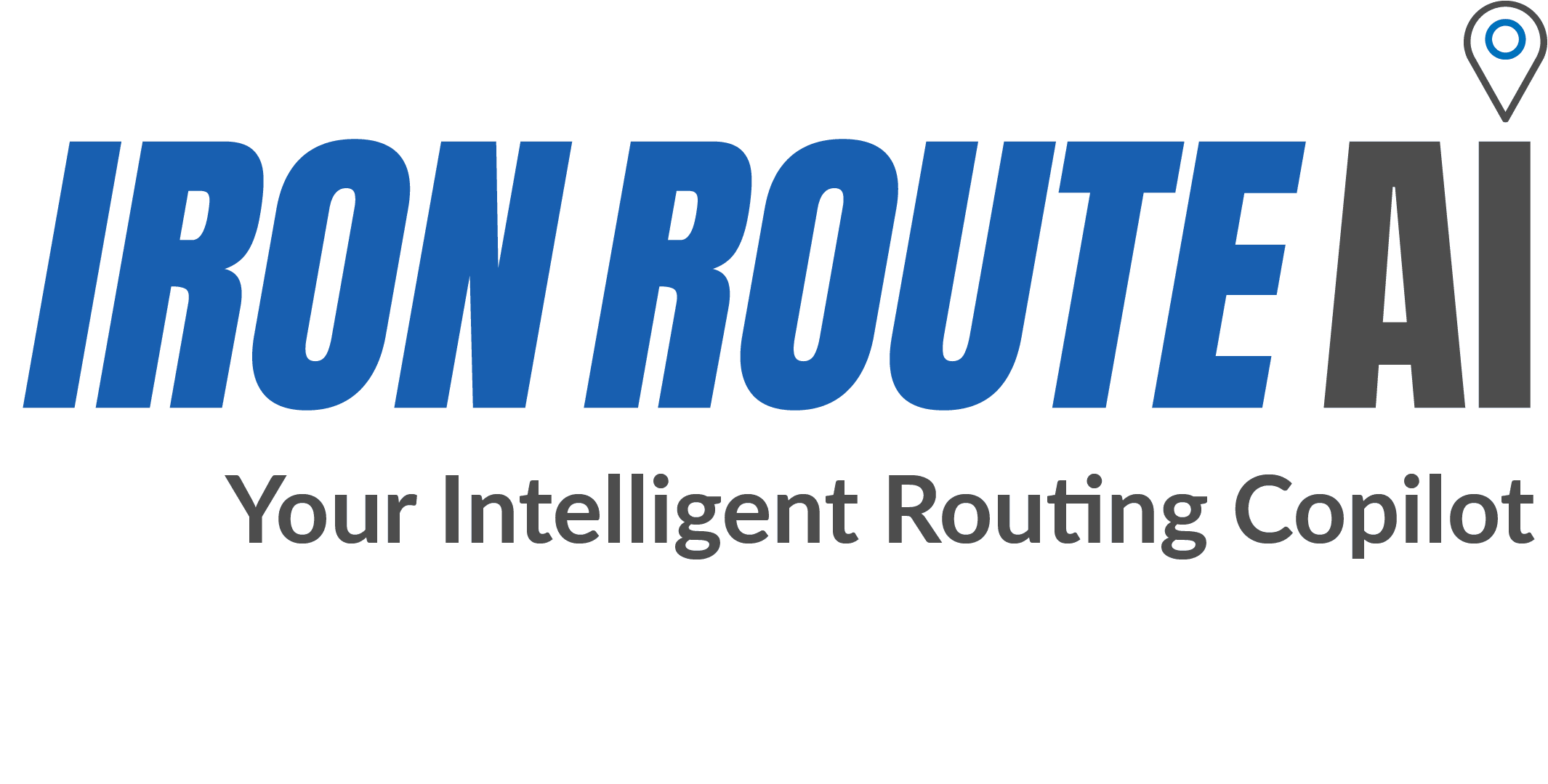How to Price Your Dumpster Rental Jobs
Key Takeaways
- Pricing your dumpsters starts with knowing your exact costs: diesel, dump fees, labor, maintenance, and marketing.
- Aim for a profit margin (e.g., 30–50%) by working backward from your total expenses.
- Unexpected costs will come up, so always add a buffer to your pricing.
- Prepaid disposal tiers (zero to four tons) offer flexibility and a competitive edge.
- Even if you buy equipment with cash, treat it like a financed expense in your pricing model to maintain profitability.
Transcript
Speaker 1:
Yeah so you need to figure out a what you’re going to actually be spending what does it cost you to get there get back how much is diesel what’s your maintenance how much do you want to make and then realize when you decide how much you want to make you probably need to maybe double it.
Speaker 2:
How do you calculate the price that you need you know for your dumpster?
Speaker 1:
I think the pricing is actually a lot easier than most people think. The big thing about it is you got to know your numbers.
Docket can help with that, or any person with some math skills can figure it out. You got to know your numbers and your costs.
If you’re renting a dumpster and you’re including tonnage and then charging for extra tonnage, you know what you’re going to pay for every single dumpster at the dump and then you can just kind of work backwards from there. You know roughly how much fuel it’s going to cost, roughly how much labor it’s going to cost, then you can add in some wear and tear and marketing and things like that and then just figure out what kind of profit margin you want. If you’re looking for a 30% profit margin, you got to figure your price that way. 50%, figure it that way.
Check out the #1 software for dumpster haulers here.
Speaker 1:
Yeah so you need to figure out a what you’re going to actually be spending what does it cost you to get there get back how much is diesel what’s your maintenance how much do you want to make and then realize when you decide how much you want to make you probably need to maybe double it but at least not or at least add a little bit more to it because there’s going to be unexpected expenses along the way.
Speaker 2:
Yeah when it comes to how I do my pricing, I’ve changed pricing models a 100 times over the last three years. I’m settling into one now that I really like where I allow people to book a dumpster with zero tonnage, one ton, two ton, three ton, four ton.
So I have prepaid disposal. Let’s say you want a 20 yard dumpster but you’re going to put insulation inside of it and it’s going to be a quarter ton. I have an option for you where you get that larger size at a low price and I don’t have to charge you what the other guy is, where he with his 20 yard can gives you two tons but you’re paying $200 more to do it. And all that is a seamless integration through my shopping cart experience.
So I give you the most customizable dumpster experience you’re going to find in the area which gives me an advantage.
Speaker 2:
I think what a lot of people do—and this goes back to like financing or cash—is people set their prices really low because they spent $200,000 of their cash buying equipment and they’re not figuring in that cost.
They’re just writing that completely off. So moral of that story is if you have all your stuff paid for in cash there’s still a cost to that that goes into each dumpster. You want to look at your pricing model as if you did have a loan on that $200,000 cash or whatever, and then just kind of work it from there. And then understand that scale in this business will increase profit margins.
So when you’re starting out your profit margins might be lower or not exactly what you want but as you scale those you’ll see those profit margins rise.
FAQ
Start by adding up your core costs: fuel, dump fees, labor, maintenance, marketing, and overhead. Then build in your desired profit margin, typically 30–50%. Tools like Docket help haulers calculate and adjust pricing based on actual operating costs.
Many haulers offer base pricing with a set tonnage included, then charge for extra weight. Others use prepaid tonnage options to give customers more flexibility. Docket lets you customize either approach inside your online booking process.
Flat-rate pricing is simpler but can lead to lost profit on heavy loads. Variable pricing, like tiered tonnage, offers more control and transparency. Docket supports both pricing models and helps track disposal costs automatically.
Offer clear options, align prices to actual costs, and make online booking easy. Flexible pricing, like offering zero-ton or low-ton options for light debris, can give you an edge. Docket’s booking tools help you do all of this without extra admin work.


